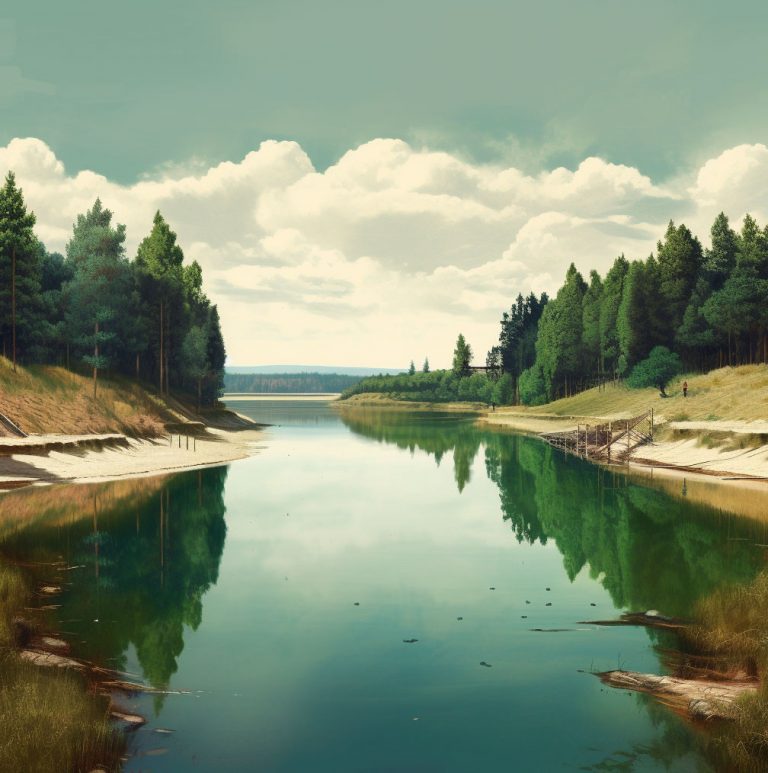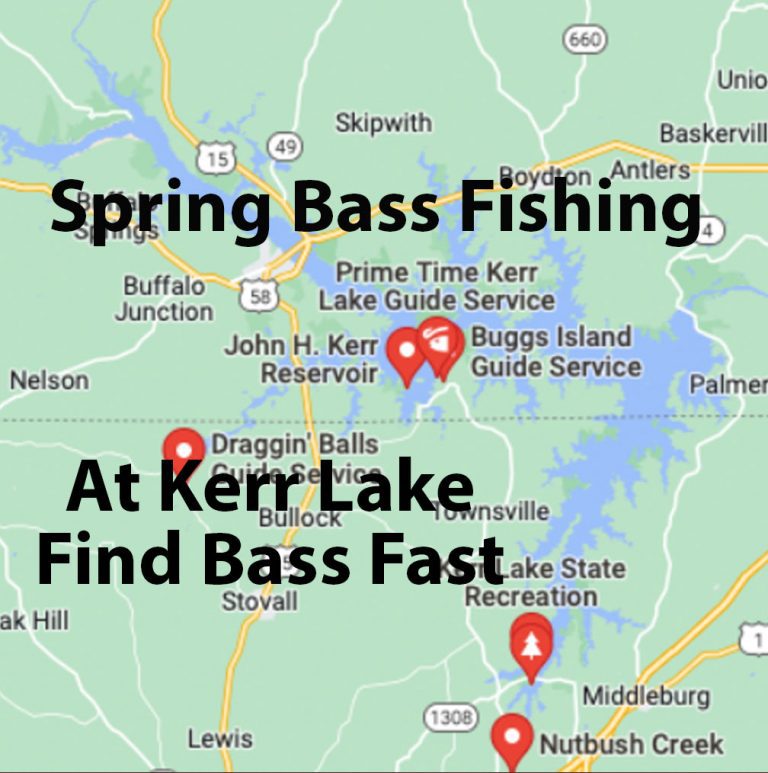Introduction
As an avid bass fisherman, I’ve spent countless hours on Midland reservoirs in search of the perfect catch. These bodies of water offer unique challenges and a variety of scenarios for catching bass. Understanding the characteristics and behavior of bass on Midland reservoirs is crucial to increasing your success. In this article, I’ll share tips and tricks for catching bass on K reservoirs.
Understanding Midland Reservoirs for Bass Fishing
Midland reservoirs are man-made and offer a reliable source of water storage for local communities. Unlike natural lakes, Midland reservoirs may not have traditional cuts and channels that connect to major water sources, such as rivers. These man-made lakes have characteristics that affect their water temperature, clarity, and depth. Understanding these characteristics is important to finding bass on Midland reservoirs.
One key characteristic of a Midland reservoir is the lack of traditional aquatic vegetation. Dense weeds and grass beds provide excellent habitat for bass but are generally lacking on Midland reservoirs. Instead, the bottom of these lakes may have brush piles or other man-made fish-attracting structures. These structures provide cover and a place for bass to hide and ambush prey.
Another important characteristic of Midland reservoirs is their irregular depth contours. These bodies of water can have steep drop-offs next to shallow flats. Understanding the depth and structure of the bottom is crucial to locating bass on Midland reservoirs.
Locating Bass on Midland Reservoirs
When locating bass on Midland reservoirs, it’s important to keep in mind their behavior and movement patterns. Bass are opportunistic predators and will typically follow schools of baitfish. One effective method for locating bass is to look for diving birds. Birds dive on baitfish, and bass are often not far behind.
During the spawn, male bass will guard their nests near shallow points or pockets of water. This is a prime location to catch bass using soft plastic baits such as a spinnerbait. Additionally, in the summer, because of the large temperature swings that Midland reservoirs are prone to, bass may move to deeper areas of the lake that provide cooler water temperatures.
Fall is an excellent time for bass fishing on Midland reservoirs as bass are transitioning from deep to shallow areas of the lake. Topwater baits such as a popper or a frog are great tools to catch bass in the fall. In the winter, bass will move to deeper areas of the lake. Using deepwater techniques and heavy jigs are often necessary to reach these bass.
Tackle and Baits for Bass Fishing on Midland Reservoirs
The type of tackle and bait you use can make a significant difference in your success on Midland reservoirs. A medium-heavy or heavy rod and reel combination with braided line are excellent choices for Midland reservoir bass fishing. This combination offers maximum sensitivity and power to detect bites and reel in larger fish.
When it comes to bait selection, each season on a Midland reservoir calls for different types of lures. During the spring, fisherman can use buzz baits, topwater lures, and diving crankbaits to catch fish. As the summer months roll around, some of the best baits include jigs and worms. During the fall, try using topwater lures, including poppers, buzz baits, and frogs. While in the winter, dropping like dropshots and split shots are effective for catching fish.
Fishing Techniques and Lures to Use
When fishing Midland reservoirs, casting and retrieving techniques play a critical role in your success. During the spring, a slow retrieve with a jerkbait or crankbait works wonders for catching post-spawn bass. During the summer, jigs like swim jigs work effectively in open water. In the fall, bass are chasing shad and crawfish, so a shad-style bait or a crawfish-style bait often works best. In the winter, vertical jigging with a blade bait can yield massive bites on deepwater bass.
Tips and Tricks for Bass Fishing on Midland Reservoirs
Fishing on Midland reservoirs requires patience and mental preparation. It’s important to stay focused and engaged to identify patterns and find success. Keeping a fishing journal can help you record these patterns and replicate them in future trips.
One of my favorite tricks for catching more bass on Midland reservoirs is to fish jitterbugs late in the evening. I’ve had great success using them when the sun has gone down over these lakes. Additionally, don’t overlook the brush piles on these lakes. These man-made structures attract fish, providing cover and ambush spots for bass.
Conclusion
Bass fishing on Midland reservoirs is an exciting and challenging experience. Each lake has its unique characteristics and patterns that provide an opportunity to catch larger fish. Understanding the behavior and movement of bass on the lake is essential to locating them. It takes patience, mental preparation, and proper safety precautions to be successful in fishing on these man-made bodies of water. With these tips and tricks, I hope you’ll be able to catch more fish and have a fun summer on Midland reservoirs.

How To Catch Bass On Lowland Reservoirs
Introduction All of you fishing fanatics, hello! Are you up for the task of fishing in lowland reservoirs for bass? I’ll tell you, it’s not always a simple task. But you can catch some remarkable fish if you have a little patience, understanding, and a little bit of luck. I’ll give you all the advice […]

Spring Bass Fishing At Kerr Lake
As an avid fisherman, I’ve had the pleasure of fishing all over the country, but there’s something special about Kerr Lake in the spring. This large reservoir, located on the border of Virginia and North Carolina, is known for its great bass fishing, and the fish really come alive in the spring. In this article, […]

